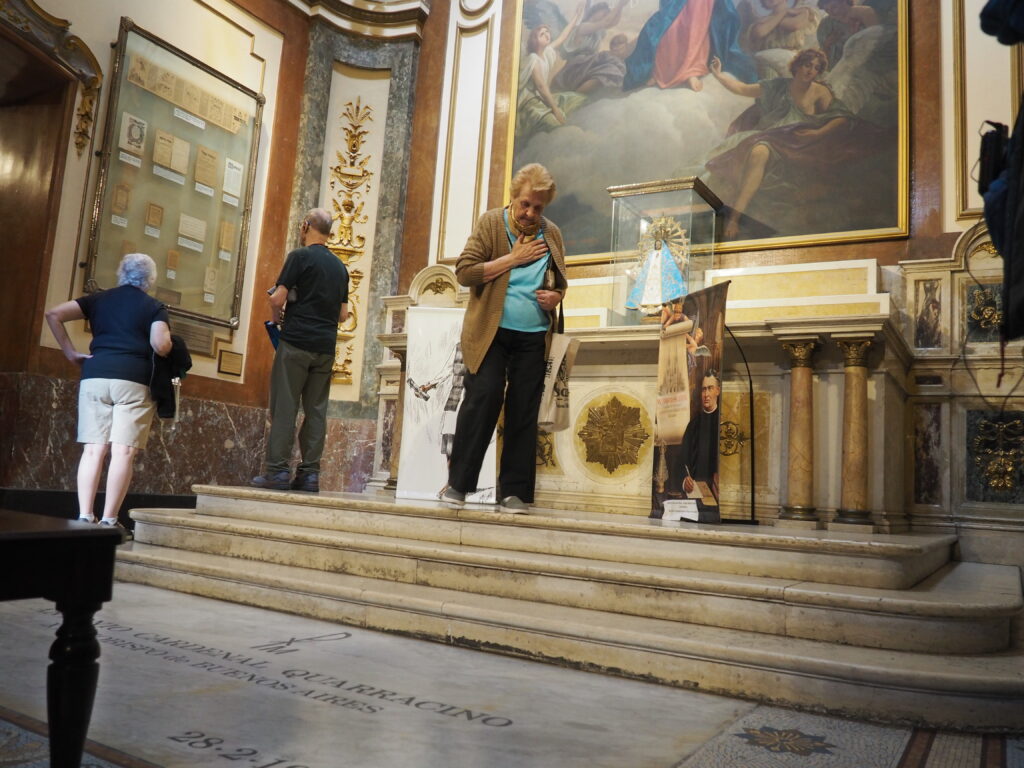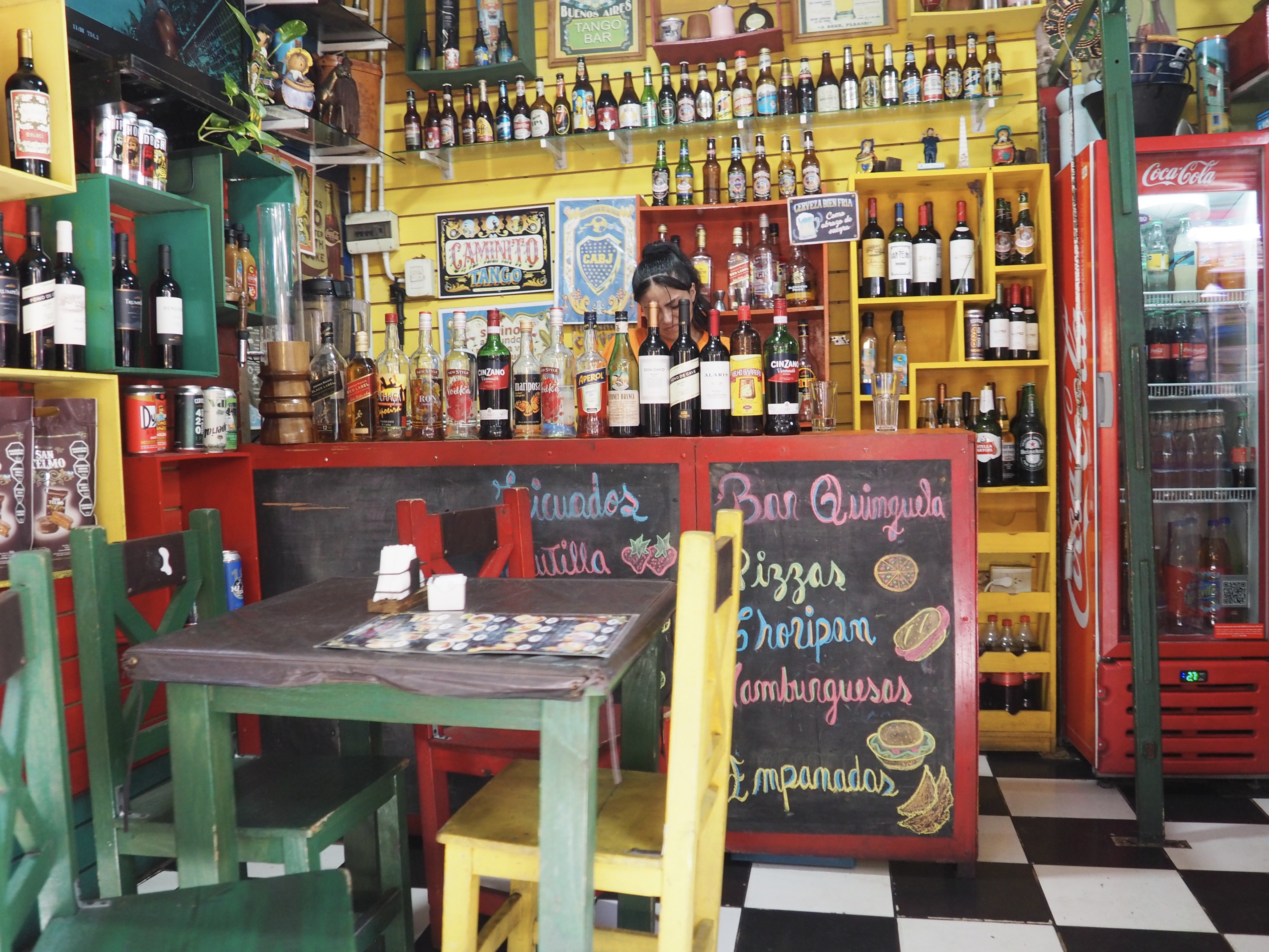
How difficult it is to capture the essence of a city in a short visit, especially a place like Buenos Aires, a city bursting with vitality and a kind of hubris, yet smothered in layers of sophistication, corruption and sorrow. It is a beautiful city and relatively easy to navigate, with quite distinct and vibrant neighborhoods where one can feel safe, if cautiously so.






The Teatro Colón (Columbus Theater) is, for example, one of the world’s great opera houses (ranked by experts as #1 in the world for acoustics for opera), with the current structure opening in 1908. It was built in that 50 year period (1880-1930) when Buenos Aires and Argentina were on top of the world, with a prosperity attracting huge influxes of immigrants, surpassing even the United States. We were fortunate when visiting the theater to be able to slip in to overhear some auditions for principal roles in an upcoming production.


With Nails Motif


& 1990’s Bombings

General San Martín
Best known as the home Cathedral of Archbishop Jorge Bergoglio, now Pope Francis, the Catedral Metropolitana (1827) is also the resting place of the great liberator General José de San Martín guarded by three enormous statues representing Argentina, Chile and Peru, reburied here in 1880 from his home in Paris (being a bit of an absentee liberator), along with two other generals and Argentina’s Unknown Soldier. Elsewhere in the Cathedral is a statue of the Virgin of Luján with a memorial to the victims of both the holocaust and the bombings of Jewish sites in the 1990’s. In addition to very large Italian and German immigrant populations, Buenos Aires has always had a very large Jewish community.



Occupying one entire end of the Plaza de Mayo, the city’s most important square, the Casa Rosada (“Pink House”) is the seat of Argentina’s government and the official office of the President. Famously, in the 1940’s and 1950’s it’s from this balcony that Juan and Evita Perón addressed the nation.





La Recoleta, the city’s premier cemetery (on a par with its famous counterparts in New Orleans and Paris) is the eternal home of many illustrious characters, many who died too young, but none still inspire a respectful queue of admirers like the immortal Evita Perón. And, yes, the country is still divided almost equally between Perónists and rightists, with a recently elected libertarian economist President Milei making strides in stifling absurd levels of inflation, albeit with draconian measures.















And then there are the neighborhoods, like the colorful La Boca,



enjoying ice cream in a galleria or the alfajores bought in the shop just above,








as well as walking the public spaces,

and wondering why Argentinians are so obsessed with fútbal (how many times were we reminded of the triumph of their World Cup win?), even more than with the tango born along the docks of this proud city, as it struggles to overcome the trauma of the brutal dictatorship with the thousands of “disappeared” whose mothers were a constant presence at the Plaza de Mayo and those years upon years of devastating inflation. It’s easy to feel the allure of Buenos Aires.


An interesting start!!